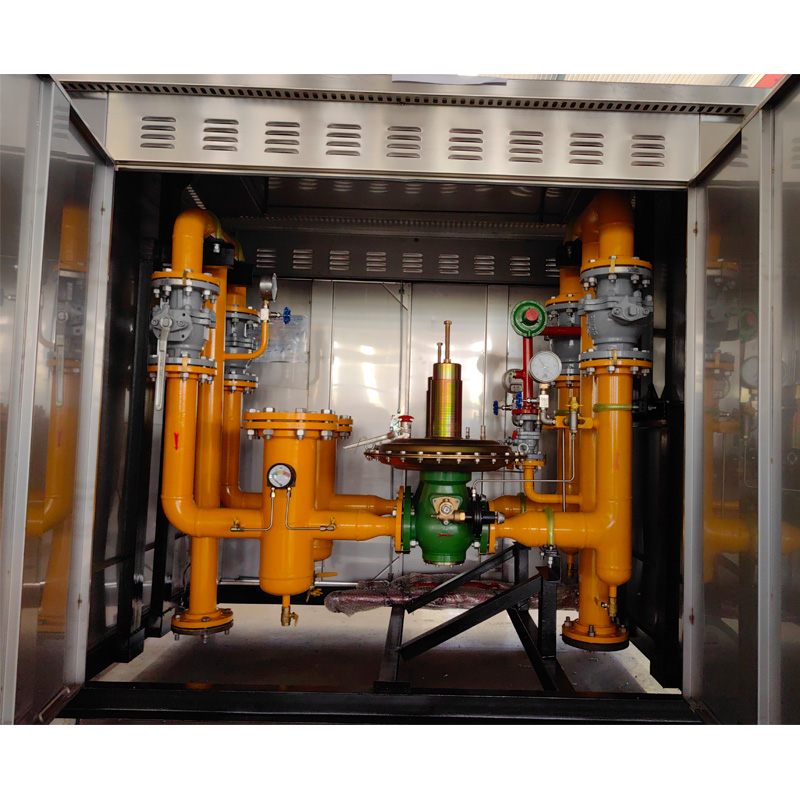
Nov . 17, 2024 07:00
Back to list
precision voltage regulator
Understanding Precision Voltage Regulators
Precision voltage regulators are essential components in modern electronic systems, playing a pivotal role in ensuring that circuits receive a stable and accurate voltage supply. As electronic devices become increasingly sophisticated and versatile, the need for reliable power regulation becomes more pronounced. This article delves into the fundamentals of precision voltage regulators, their types, applications, and the critical parameters that affect their performance.
What is a Precision Voltage Regulator?
At its core, a voltage regulator is designed to maintain a steady output voltage regardless of variations in input voltage or output load. Precision voltage regulators take this concept further by offering superior accuracy and stability. They are characterized by low output voltage drift, minimal temperature dependence, and reduced noise levels. Precision regulators are vital in applications requiring tight voltage tolerances, where even minor fluctuations can lead to device malfunctions or performance degradation.
Types of Precision Voltage Regulators
There are generally two primary types of voltage regulators linear and switching regulators.
1. Linear Regulators These regulators provide a simple, efficient, and low-noise solution for voltage regulation. They operate by dissipating excess voltage in the form of heat, allowing the output voltage to follow the input voltage closely. While linear regulators are easier to implement and produce less electrical noise, they are less efficient than switching regulators, particularly when there is a large difference between input and output voltages.
2. Switching Regulators In contrast, switching regulators utilize an on-off switching mechanism to regulate voltage more efficiently. They can step up (boost), step down (buck), or invert the input voltage, making them highly versatile. Although they are typically more complex and generate more electrical noise than linear regulators, advancements in technology have led to the development of low-noise switching regulators that can also achieve precision levels suitable for sensitive applications.
Key Parameters of Precision Voltage Regulators
Several specifications are critical for evaluating precision voltage regulators
- Output Voltage Tolerance This parameter indicates how much the output voltage can vary from its nominal value. Precision regulators often feature output voltage tolerances within a few millivolts, ensuring reliable operation in sensitive applications.
precision voltage regulator

- Line Regulation Line regulation measures how much the output voltage changes in response to variations in the input voltage
. A precision regulator will exhibit excellent line regulation, providing consistent performance even when input voltages fluctuate.- Load Regulation Similarly, load regulation quantifies the change in output voltage due to variations in the output load. High-quality precision regulators maintain stable output across a broad range of load conditions.
- Temperature Coefficient This figure represents how much the output voltage drifts with changes in temperature. Precision voltage regulators usually have a low temperature coefficient, ensuring that performance remains stable over varying environmental conditions.
Applications of Precision Voltage Regulators
Precision voltage regulators are used in a wide range of applications, including
- Analog Circuits In audio equipment and high-fidelity systems, precision regulators ensure that signal processing circuits receive clean and stable voltage.
- Data Acquisition Systems For systems that rely on accurate measurements and sensor readings, precision voltage regulators minimize noise and prevent drift in measurement signals.
- Medical Devices In medical electronics, the reliability of voltage supplies is critical. Precision voltage regulators ensure that devices operate within strict tolerances for safety and effectiveness.
- Instrumentation Instruments for scientific research require high accuracy and precision. These regulators help maintain stable voltages for sensitive analog components.
Conclusion
Precision voltage regulators are crucial elements in numerous electronic designs, providing the stability and accuracy necessary for efficient operation across a variety of applications. Selecting the right type of regulator, understanding its key specifications, and recognizing its importance in complex systems ensures that designers can meet the ever-increasing demands of modern technology. As electronics continue to advance, precision voltage regulation will remain a foundational aspect of reliable circuit design.
Latest news
-
Safety Valve Spring-Loaded Design Overpressure ProtectionNewsJul.25,2025
-
Precision Voltage Regulator AC5 Accuracy Grade PerformanceNewsJul.25,2025
-
Natural Gas Pressure Regulating Skid Industrial Pipeline ApplicationsNewsJul.25,2025
-
Natural Gas Filter Stainless Steel Mesh Element DesignNewsJul.25,2025
-
Gas Pressure Regulator Valve Direct-Acting Spring-Loaded DesignNewsJul.25,2025
-
Decompression Equipment Multi-Stage Heat Exchange System DesignNewsJul.25,2025

